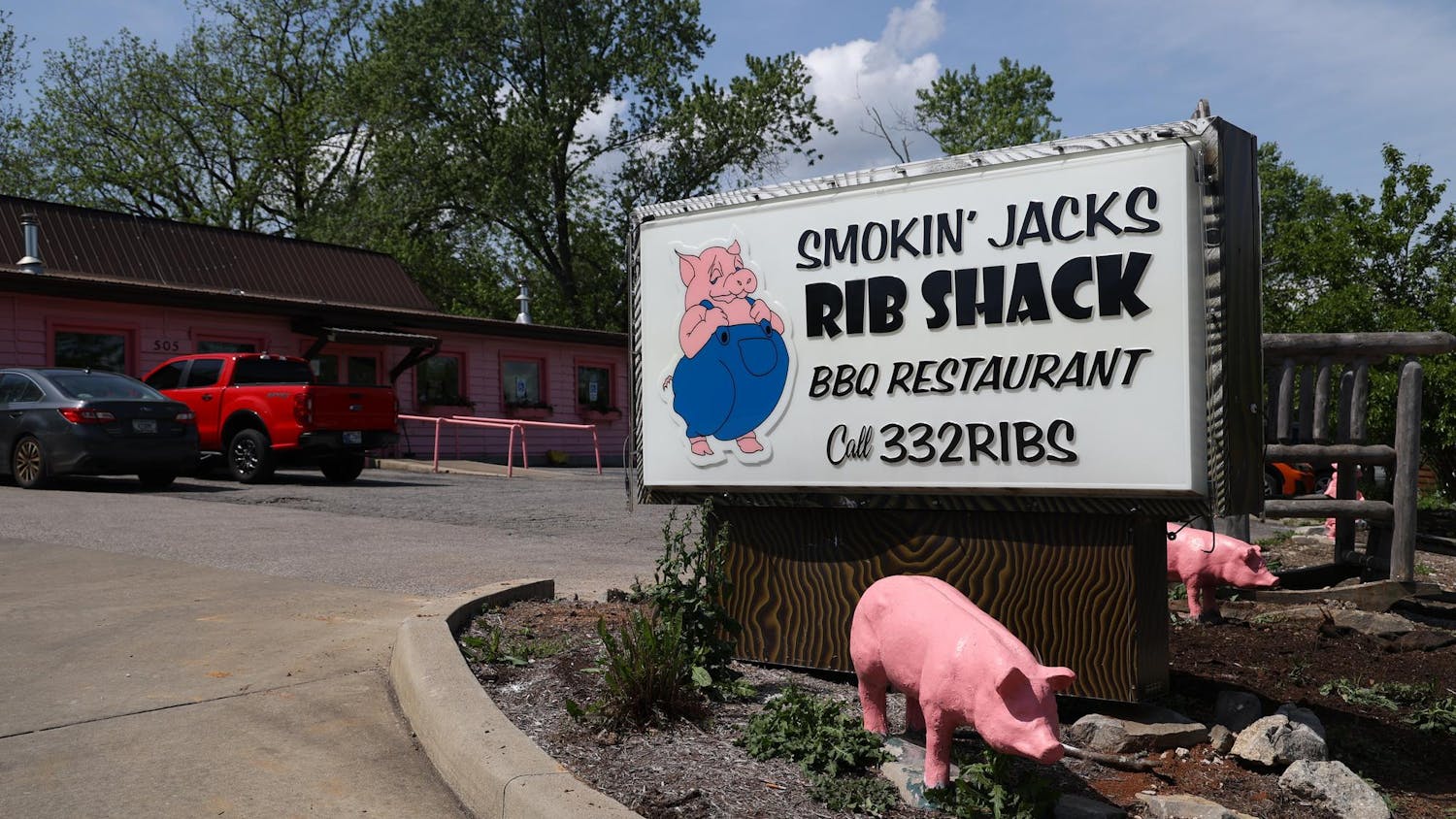The program, first approved in 2007, is designed for Indiana citizens between 19 and 64 years old who do not qualify for Medicaid and live 100 percent below the poverty level.
The HIP was a statewide substitute for Medicaid expansion across the nation.
The state is still waiting for approval of HIP 2.0, a version of the original HIP that will help an unlimited number of people. It is a program designed to supplement Medicaid expansion under the Affordable Care Act.
The current HIP plan only covers a fixed number of people at a time, which depends on current funding. Money to run HIP 1.0 comes from Indiana taxes.
Kosali Simon, a professor in the School of Public and Environmental Affairs, said in an email that the number is approximately 40,000, with a wait list. Those on the wait list have to continue to apply for insurance each year.
The enrollment limit for 2014 was reached in July.
HIP 2.0 has an uncapped number of people and is without a wait list, which is more in line with federal regulations, Simon said. It would fully cover those living 138 percent below the poverty line.
HIP 2.0 would cover 350,000 uninsured people in Indiana. It would also not be solely funded by the Indiana tobacco tax, according to a July 24 press release from the office of the governor.
State health care programs must be approved by the federal Department of Health and Human ?Services.
People living 100 percent below the federal poverty level receive subsidies on insurance, which become smaller depending on how high an individual’s income is, SPEA professor Seth Freedman said.
According to the U.S. Census Bureau, more than 1 million people in Indiana lived below the federal poverty line in 2011, or about 17 percent of the state’s population. Living below the poverty line is defined as an individual making $11,490 or less, or a family of four receiving $23,550 or less.
What separates HIP from the expanding Medicaid overhaul, Simon said in the email, is cost-sharing for recipients. Those abiding by HIP have higher co-pays and other out-of-pocket costs than those using Medicaid or in states where Medicaid was fully expanded.
HIP 2.0 was announced in May and sent to be approved by the federal government in July.





